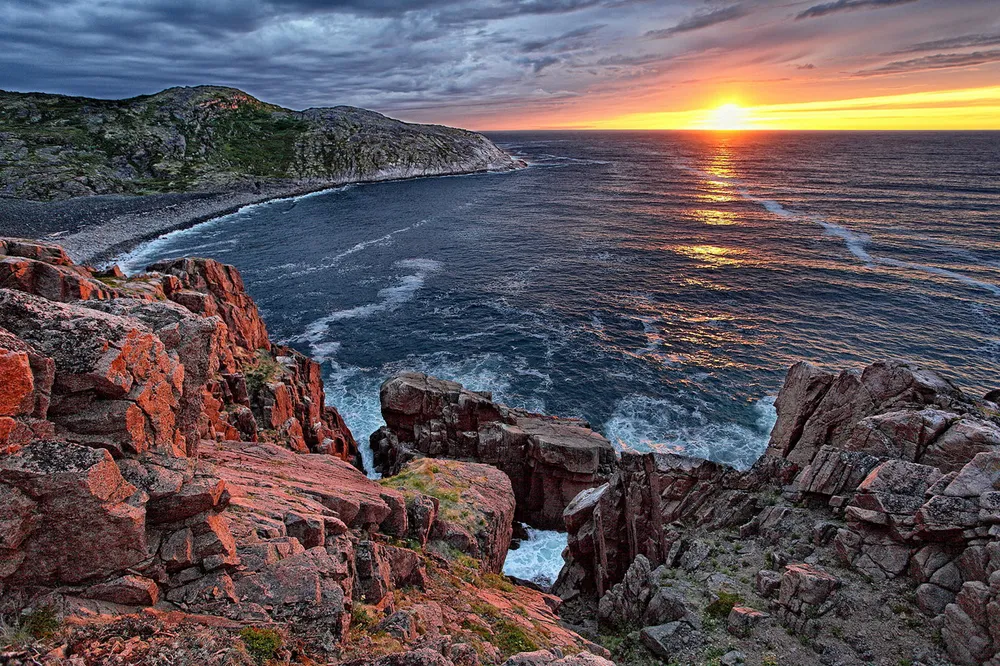Gazprom to revisit Barents Sea gas riches with fresh exploration drilling drive
Russian gas monopoly lays plan to discover more gas to northeast from giant Shtokman field

Russian gas monopoly lays plan to discover more gas to northeast from giant Shtokman field
